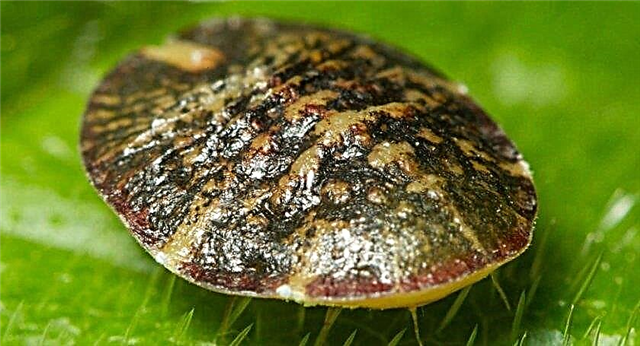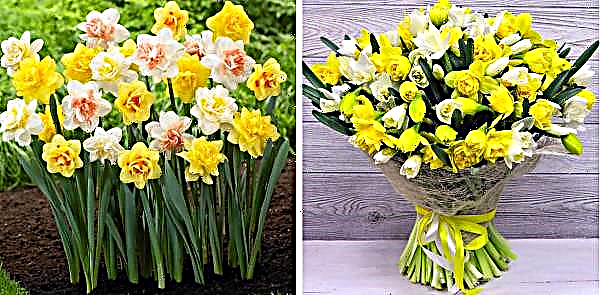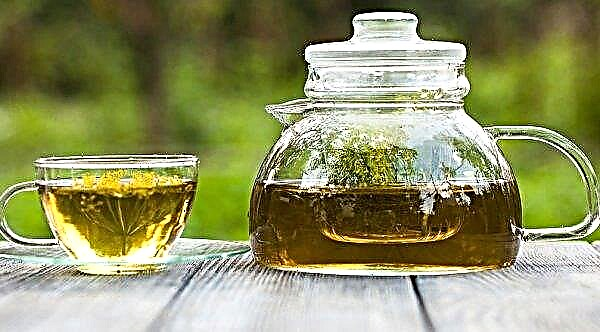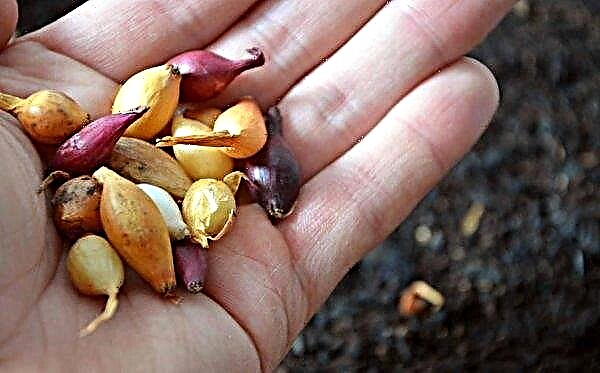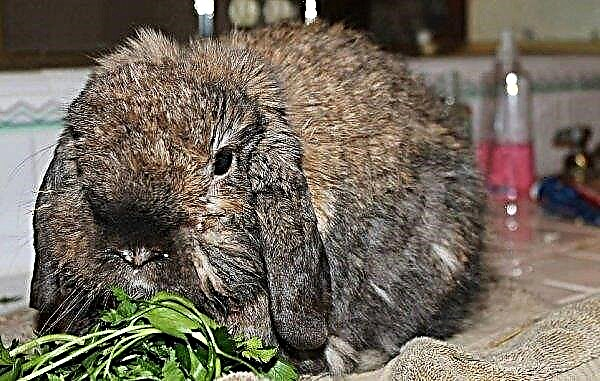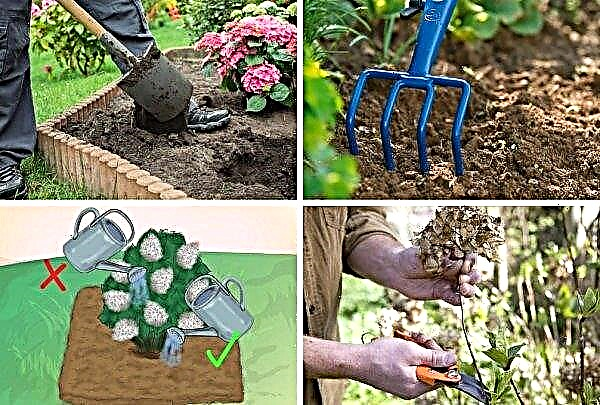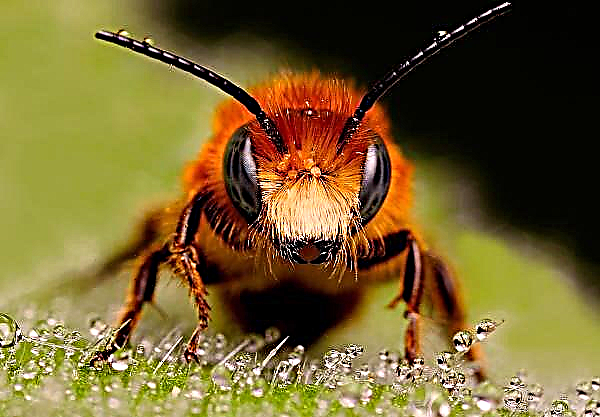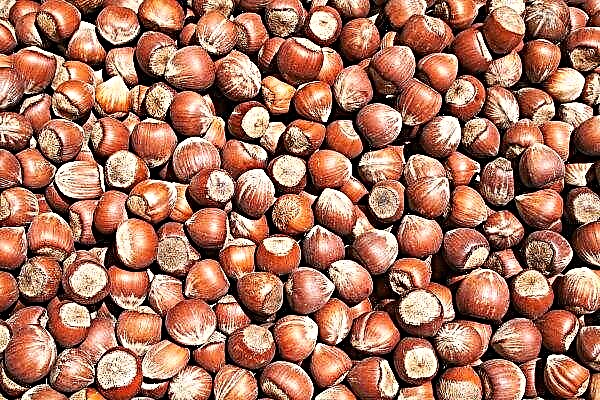Evergreen brainia hails from tropical Asia, is also common on the islands of the Pacific Ocean and in Australia. How to grow a shrub at home and how to care for it, more on this later in the article.
Botanical description of a houseplant
Under natural conditions, the shrub grows to 2 m. As the bush grows, the lower shoots will lignify, acquiring a burgundy or brown color. The foliage is round or egg-shaped, with a glossy top of the plate. The lower leaves are usually plain, green. On the upper shoots of the foliage, depending on the species, it is painted partially or completely pink, red or white. In nature, there are more than 30 species. As a houseplant, only snow brein is grown.
The snow shrub differs almost entirely in white leaves on the apical shoots. As a result of breeding work, several hybrids with pink and red foliage color were bred from the snow variety.
The plant is blooming, but small flowers are almost invisible against a background of motley green mass. The flower basket consists of 6 shovel-shaped petals of green color, flowers bloom in late summer. Despite the ugliness, the flowers have a delicate pleasant aroma.
What should be done immediately after purchase?
When choosing a plant bush, you need to check for pests, repeat the check a few days after purchase. Within 2 weeks, the purchased instance should be away from domestic plants, undergo a period of adaptation to new conditions.
Did you know? In the Hawaiian islands, a hedge of brainia is popular.
After the “quarantine”, it is advisable to transplant the flower, choose a more suitable soil and capacity for it. Producers usually grow all plants in a peat mix.
This soil is inexpensive, nutritious and loose, but growing in it is fraught with some difficulties:
- with a lack of moisture, it dries;
- with excess moisture, moldy.
Optimal conditions for growing
From the beginning of spring to September, the snow shrub prefers a temperature of +22 ... + 25 ° С. In summer, the flower can be taken out to the balcony, however, to protect it from the draft. In the autumn-winter period, the temperature is lowered to + 16 ° C.
Brainia needs bright but diffused lighting. Direct rays of the sun can burn the leaves, so on the southern sides at noon the pot should be shaded. In winter, daylight hours are extended using artificial sources for up to 12 hours.
This tropical plant loves the increased humidity of air and soil. The soil should always be moderately moist. The air around the plant and foliage is regularly sprayed. To maintain humidity, do not place shrubs near radiators.
Home Care
The main thing in the care is to provide the necessary microclimate, not to violate the rules of irrigation and fertilizer.
Location
Brainia can be grown in pots, placed on the southeast or southwest windowsills, or in large tubs on the lit sides of the room.
We recommend that you familiarize yourself with other decorative-flowering indoor plants:
Watering and feeding
In irrigation, it is important not to flood the soil lump, therefore, watered more often than plentifully. In the heat, a tray with moistened expanded clay will serve as additional moisture. In winter, watering does not stop, but reduce. At this time, you need to monitor the condition of the soil, to prevent complete drying.
From March to September inclusive, complex fertilizers with a large amount of minerals for ornamental shrubs are applied. They feed on the day after watering, using liquid preparations. The interval between feeding is 2-3 weeks.

Pruning
Formative pruning is carried out in spring and autumn. The shoots elongated from the total mass, curved, growing inside the crown are removed.
Important! Brainia belongs to the order of milkweed, its juice can burn the skin, so it is advisable to work with it with gloves.
Transfer
It is advisable to transplant the bush every 2 years in the spring, since the “snowy” grows quickly and branches well. The soil for the plant needs loose, with a neutral acidity reaction.
Prepare it from the following components:
- 2 parts of sheet land;
- 1 part of soddy soil;
- 1 part of sand.

Breeding methods
At home, propagated by a vegetative method, young cuttings. For breeding success, you need to take a shank with the so-called heel, that is, with a piece of bark from the mother's shoot. For rooting, the seedling is placed in moist soil and covered with a glass jar.
The second way to separate the root offspring from the parent plant, it should have about 2 growth points. Root it better in the ground, also under the greenhouse.

Possible growing problems
Growing problems arise due to errors in the grower.
Disease
Excessive watering can provoke root rot, so water it sparingly. From pallets, excess water must be drained.
Other problems:
- Lack of watering and dry air will cause the bush to drop foliage.
- Poor lighting will affect the brightness of foliage patterns; without light, the coloring pigment of braine cannot be produced.
- Direct sunlight will burn the leaves.
- Sudden changes in temperature or drafts will lead to the fall of greenery. New leaves will be plain, green without a pattern.
Did you know? The shrub name was given in honor of Johann Philip Brain of the German botanist, zoologist, entomologist and paleontologist.
Pests
Staying in the summer in the fresh air, the plant can be attacked by pests.
Insects affecting Brainia and methods of dealing with them:
- Aphid - the insect eats juice and foliage tissues, multiplies rapidly forming entire colonies. Before processing, rinse the greens with a soapy solution with warm water. If the pest is noticed on time, you can use an acetic solution (1 tbsp. L / 1 l of water). For advanced cases, use an insecticide (Fitoverm, Intavir).
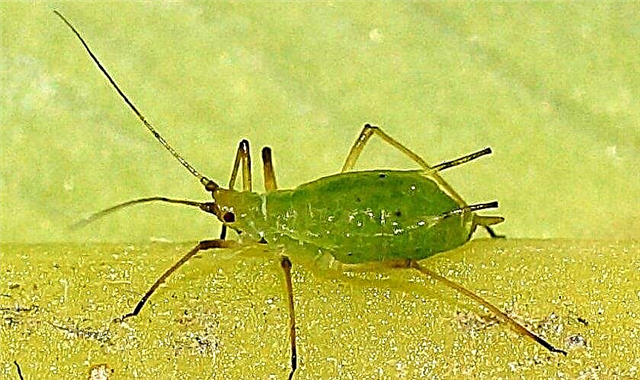
- Spider mite - You can notice it on the light web between the shoots, its appearance is possible if air humidity is not observed. Rinse the bush in the shower, remove the remaining parasites with a cotton pad soaked in alcohol. To destroy the tick, you need an acaricide drug, such as Apollo or Nissoran.
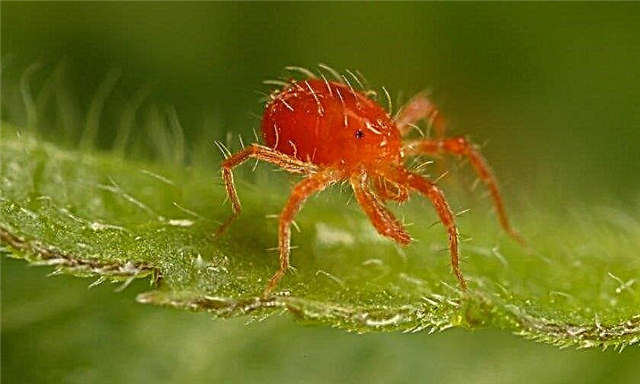
- Shield - You can detect an insect by sticky spots on stems and foliage. Treat the bush with Actelikkom or Fitoverm. Wait 3-4 days and rinse the remaining larvae and eggs with tobacco or soap infusion.
